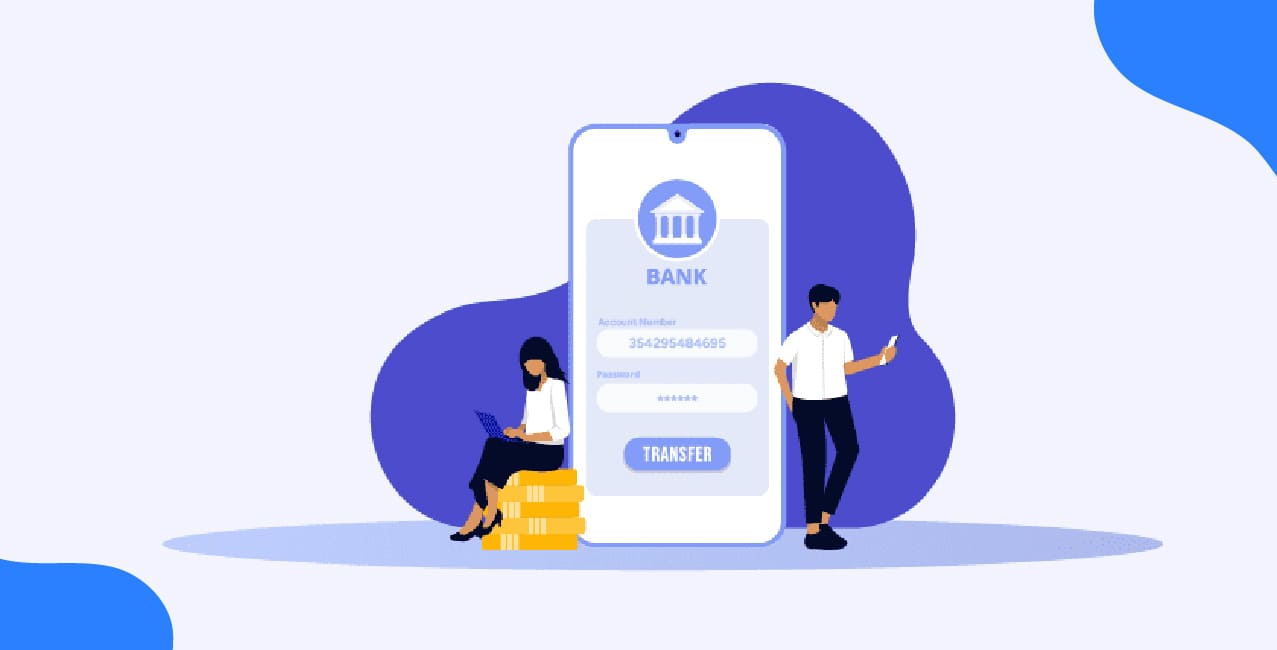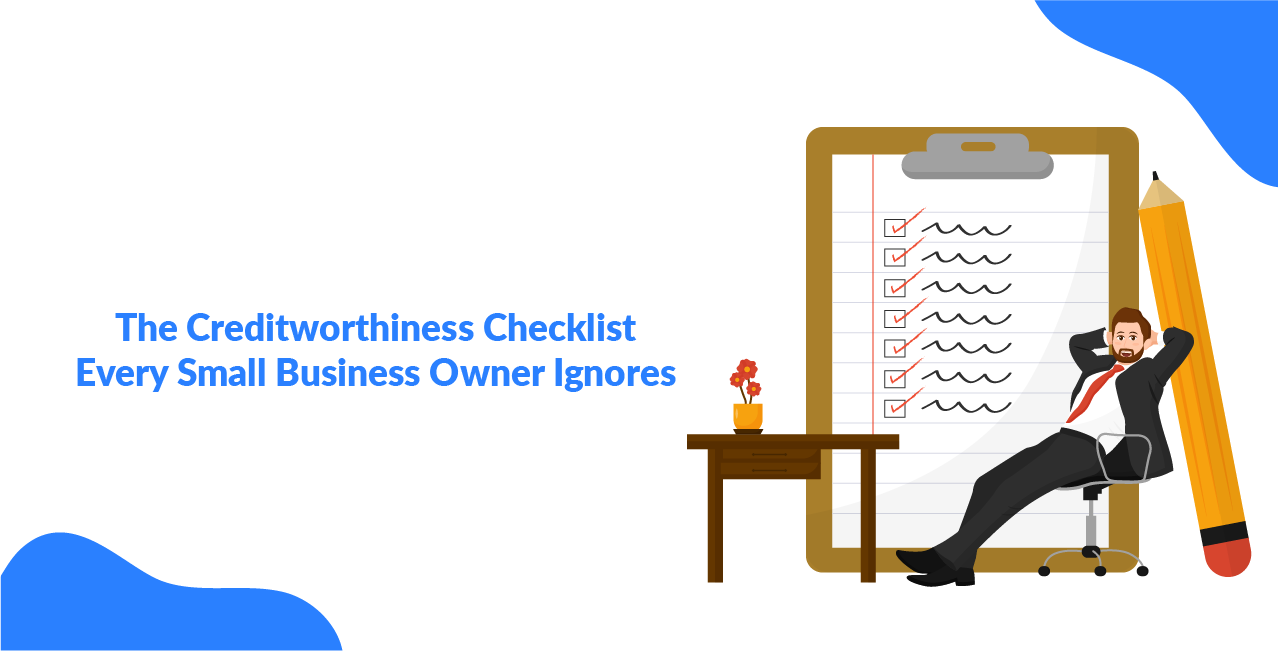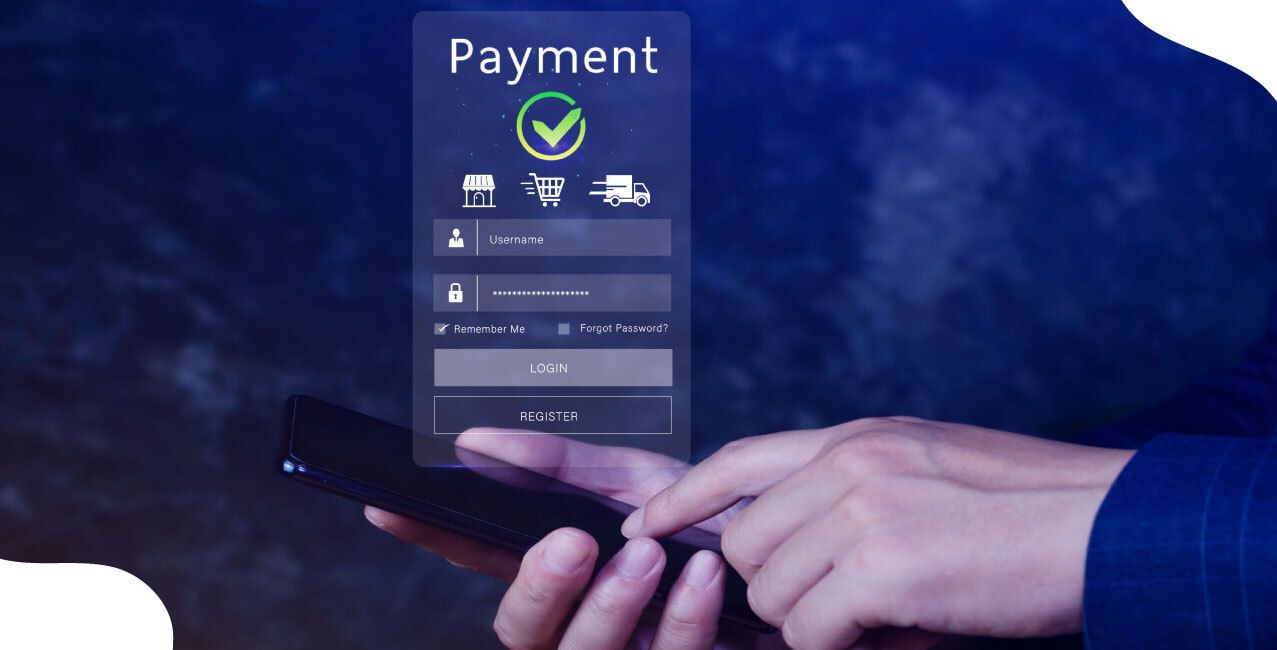
Author
LoansJagat Team
Read Time
10 Min
30 Apr 2025
Consolidate Credit Card Debt Without a Loan – No-Loan Options
Last Holi, I met my cousin Vikas. I was really happy to see him, but that happiness didn’t last long. Vikas was drowning in ₹8 lakhs of credit card debt. Despite having a good DTI and credit score, he refused to take another loan. ‘Ye Kya Baat Hui?’
When we talked, he admitted that he was afraid of adding a bigger burden just to solve a smaller one. He had a point, but was his reasoning justified? No, absolutely not! As his big sister, my duty was to guide him toward smarter debt consolidation strategies. I suggested using a 0% balance transfer card and negotiating directly with his creditors.
And now, in 2025, his debt is down to ₹3 lakhs, and he’s all set to throw a ‘debt-free’ party! Do not tell him; I already know that I am the guest of honour.
Year | Total Debt (₹) | Strategy Used | Interest Rate | Savings (₹) | Remaining Debt (₹) |
2024 | 8,00,000 | Credit Card Debt (High Interest) | 36% | 0 | 8,00,000 |
2024 | 8,00,000 | 0% Balance Transfer Card | 0% for 12M | 1,20,000 | 6,80,000 |
2024 | 6,80,000 | Negotiation with Creditors | Reduced to 18% | 70,000 | 6,10,000 |
2025 | 6,10,000 | Aggressive Repayment Strategy | 18% | 1,50,000 | 3,00,000 |
2025 | 3,00,000 | Final Payments & Discipline | 18% | 50,000 | Debt-Free! |
Like Vikas, 58% of Indians in 2025 avoided loans by using smarter consolidation hacks, saving an average of ₹1.8 lakhs. ‘Smart Log!’ But, what about the other 42%? What about you? Who’s going to tell you all this? Well, that’s what I’m here for! So, pull up your socks, ladies and gentlemen, we’re about to dive into something truly fascinating.
Strategy 1: Balance Transfer Credit Cards (0% Introductory APR)
Everyone wants to save on interest. But what if I told you that your APR (Annual percentage rate) has just got 0? Sounds unbelievable, right? Well, that’s exactly what balance transfer credit cards offer.
Let’s imagine you owe ₹2,00,000 on credit cards with a 36% interest rate. So, that accounts for ₹72,000 in annual interest alone. But what if, you transfer this debt to a 0% balance transfer card with an 8-month interest-free period? Now, every rupee you pay will
reduce the actual debt, not just the interest amount.
‘Poori Baat Suno!’
Some cards charge 2-4% transfer fees. So, while your interest rate is 0%, you will still end up paying more than the actual amount you owe. Moreover, the 0% interest period varies from 6 to 18 months, depending on the card. So, choose the right card and remember repaying strategically can help you save ₹50,000 or more.
For example, Rahul, a 32-year-old IT professional, had ₹2,50,000 in credit card debt spread across three cards. Each charged an average of 36% annual interest. He was not able to balance his expenses with the EMIs.
That’s when he discovered a 0% balance transfer credit card offering a 12-month interest-free period with a 2% transfer fee. He moved his entire debt onto the new card, paying just ₹5,000 as a transfer fee instead of ₹90,000 in interest for the year.
With ₹21,250 monthly payments, Rahul cleared his entire debt within 12 months, saving over ₹90,000 in interest.
Aspect | Before Balance Transfer | After Balance Transfer | Outcome (12 Months) |
Debt Amount | ₹2,50,000 (3 credit cards at 36% interest) | ₹2,50,000 transferred + ₹5,000 fee | Debt fully cleared |
Interest Rate | 36% p.a. (₹90,000 annual interest) | 0% for 12 months | ₹85,000 saved (₹90,000 - ₹5,000) |
Monthly Payment | ₹7,500 (only interest) | ₹21,250 (100% went to principal + fee) | Debt-free in 12 months |
Total Paid | ₹90,000/year (just interest) | ₹2,55,000 total (₹21,250 x 12 months) | Saved ₹60,000+ vs. continuing old debts |
Key Action | Trapped in interest-only payments | Used 0% balance transfer offer strategically | Avoided decades of debt |
How It Works:
- Selecting a Suitable Card: Many banks offer balance transfer credit cards with a 0% introductory APR. Choose one that provides the longest 0% interest period. Additionally, do not forget to review all applicable processing fees or extra charges to plan effectively.
- Applying for the Card: Submit your application to the card issuer. Approval is generally based on your credit score and income.
- Transferring the Balance: Once approved, transfer your existing high-interest debt to the new card. Be prepared for a transfer fee of 3-5% or other potential charges, as some banks require them.
- Repayment During the Introductory Period: Make regular payments during the 0% APR period. Payments made within this promotional period reduce your principal balance. After the promotional period ends, interest will apply.
Strategy 2: Negotiate Directly with Creditors
Not every day is the same, everyone has their good and bad days. That’s why having a backup plan for tough times is crucial. But what if your backup plan backfires? What if the help you were counting on never arrives or is ineffective? That is why Vikas was so afraid to get another loan. So, for such situations remember, "Baatcheet Karne se hi Baat Aage Badhegi!"
If you're struggling to repay your credit card debt, it's important to communicate proactively with your creditors. By openly discussing your financial situation, you increase the chances of negotiating more manageable repayment terms.
What Should You Ask For?
Around 42% of borrowers have successfully secured reduced interest rates through direct negotiations. But the key question is what exactly should you ask for? You can’t just say, "Hum se na ho payega!" Instead, be clear and specific about your needs. Ask for what suits you best, whether it’s lower interest rates, extended repayment tenure, or a temporary payment freeze. Here are some ideas that will make you more confident while negotiating:
- Requesting Lower Annual Percentage Rates (APR): With a low interest rate, you can repay the loan without any stress and debt burden.
For example, you have a credit card debt of 1 lakh rupees at 30% interest with a 12-month repayment plan. So, your monthly payment will be ₹9,749, totaling ₹1,16,985 over a year.
But, if the lender reduces the interest rate to 14%, your EMI will be ₹8,979. The total payable amount will be ₹1,07,745 saving ₹9,240.
Aspect | 30% Interest Rate | 14% Interest Rate | Difference |
Principal Debt | ₹1,00,000 | ₹1,00,000 | - |
Annual Interest Rate | 30% | 14% | 16% reduction |
EMI | ₹9,749 | ₹8,979 | ₹770 saved monthly due to lower interest. |
Total Repayment | ₹9,749 × 12 = ₹1,16,985 | ₹8,979 × 12 = ₹1,07,745 | ₹9,240 saved . |
Interest Paid | ₹1,16,985 − ₹1,00,000 = ₹16,985 | ₹1,07,745 − ₹1,00,000 = ₹7,745 | ₹9,240 saved in interest (54% less interest paid). |
Monthly Cash Flow | ₹9,749 (₹8,333 principal + ₹1,416 interest*) | ₹8,979 (₹8,333 principal + ₹646 interest*) | ₹770/month freed up |
Financial Stress | High (₹1,416/month lost to interest). | Moderate (₹646/month for interest). | Lower stress + ₹770/month can be used for savings or faster debt clearance. |
Waiving Late Fees: Credit cards charge late fees if you miss payments. Over time, these fees can add up and can make repayment harder. As a solution, you can ask your creditor to waive them off. This can lower your debt and make it easier to manage your payments.
For example, Namit had a ₹50,000 credit card bill but missed 8 payments due to a medical emergency. With ₹800 monthly late fees, his total debt rose to ₹56,400. He called his bank, explained his situation, and secured a ₹6,400 fee waiver, reducing his repayment burden to ₹50,000.
Aspect | Original Situation | After Negotiation |
Original Debt | ₹50,000 | ₹50,000 |
Missed Payments | 8 months | Waived penalties for 8 missed payments |
Late Fees Incurred | ₹800/month × 8 months = ₹6,400 | ₹6,400 waived by the bank |
Total Debt Accumulated | ₹50,000 (bill) + ₹6,400 (fees) = ₹56,400 | Reduced to ₹50,000 |
Financial Burden | Rising debt due to compounding late fees. | Reset to original debt (₹50,000). |
Enrolling in Hardship Programs: If you explain well about your situation and financial crisis, creditors might offer hardship programs. The program includes many benefits such as a 6-month payment pause or reduced payment plans.
For example, Kapil had a ₹75,000 credit card debt with a 24% annual interest rate, making his EMI ₹7,100. After losing his job, he struggled to pay and risked penalties.
He contacted his bank, explained his situation, and enrolled in a hardship program. The bank paused payments for six months, preventing ₹42,600 in additional dues. This relief helped him regain financial stability before resuming full payments.
Aspect | Without Hardship Program | With Hardship Program | Impact |
Original Debt | ₹75,000 | ₹75,000 | - |
Interest Rate | 24% p.a. (2% monthly) | 0% during 6-month pause | Interest paused; no compounding. |
Monthly EMI | ₹7,100 (includes ₹5,600 principal + ₹1,500 interest) | ₹0 for 6 months | ₹42,600 saved for 6 months. |
Total Interest | ₹1,500/month × 6 = ₹9,000 | ₹0 | ₹9,000 saved in interest. |
Late Penalties | ₹800/month × 6 = ₹4,800 | ₹0 | ₹4,800 saved in penalties. |
Total Debt After 6 Months | ₹75,000 + ₹9,000 + ₹4,800 = ₹88,800 | ₹75,000 (no penalties/interest added) | ₹13,800 saved in avoidable costs. |
Financial Burden | Total debt is ₹88,800 + risk of default. | Debt frozen at ₹75,000; payments resumed later. | Avoided debt escalation and legal risks. |
Strategy 3: Peer-to-Peer (P2P) Payments
Do you know how people managed financial troubles when banks were not easily accessible? They used to borrow money from friends, family, or local lenders and repay it later, sometimes with interest.
The same concept exists today but in a digital form. You can split your debt into smaller, interest-free payments through Peer-to-Peer (P2P) payment platforms like CRED, Slice, and BharatPe.
According to CRISIL's 2025 Fintech Lending Analysis, 28% of millennials have used P2P networks to avoid traditional loans. Why?
Because my friend, this mode of lending offers flexibility and reduced costs.
For example, Ramesh, a small shop owner, needed ₹50,000 for urgent repairs. Since banks weren’t easily available in his village, he borrowed ₹10,000 each from five friends. He repaid them over 10 months, giving ₹5,500 per month, including ₹500/month as small interest. He paid a total ₹5,000 in interest.
Parameter | Details |
Total Borrowed | ₹50,000 (₹10,000 each from 5 friends) |
Repayment Period | 10 months |
Monthly Payment | ₹5,500 (₹5,000 principal + ₹500 interest) |
Total Repayment | ₹55,000 |
Total Interest Paid | ₹5,000 (10% of principal) |
Effective Annual Interest | 12% (simple interest rate) |
Per Friend Repayment | ₹11,000 each (₹10,000 principal + ₹1,000 interest over 10 months) |
Years later, his son Arjun faced a ₹1.5 lakh credit card bill with 36% annual interest. If left unpaid, this would accumulate around ₹54,000 in interest over a year. The total payable amount will be ₹2,04,000.
Instead of taking a personal loan, he used an online platform to split it into six parts of ₹25,000 each. With a monthly repayment of ₹25,000, he cleared his debt interest-free within six months, saving ₹27,000 in extra interest.
Parameter | Without Online Platform (12 Months) | With Online Platform (6 Months) | Savings/Trajectory |
Total Debt | ₹1,50,000 | ₹1,50,000 | – |
Interest Rate | 36% p.a. (simple interest assumed) | 0% | – |
Repayment Period | 12 months | 6 months | Debt cleared 6 months faster |
Total Amount Repaid | ₹1,50,000 (principal) + ₹54,000 (interest) = ₹2,04,000 | ₹1,50,000 (principal only) | ₹54,000/year saved (₹27,000/6 months saved × 2) |
Interest Paid | ₹54,000 (over 12 months) | ₹0 | ₹54,000 saved |
But remember ‘Doston se paise maangna risky hai!’ You would not want a financial situation to affect your relationships. To avoid misunderstandings, formalize the agreement. Put everything in writing and ensure both parties agree to the terms. This way, you would still have your relationships despite the financial situation you are in
Conclusion
Consolidating credit card debt without taking a loan is not just possible, it’s the smarter move banks don’t want you to know about. Why pay interest on another loan when you can outsmart the system? A 0% balance transfer card can buy you time while negotiating with creditors can reduce your interest rates. Some even offer hardship programs, but only if you ask.
Still, think debt is inescapable? Track every expense, cut unnecessary spending, and aggressively pay down balances.
The financial industry profits from your struggle. So take control, play the game better, and break free without another loan weighing you down. ‘Sher Ho tum, Roar Karo!’
About the Author

LoansJagat Team
‘Simplify Finance for Everyone.’ This is the common goal of our team, as we try to explain any topic with relatable examples. From personal to business finance, managing EMIs to becoming debt-free, we do extensive research on each and every parameter, so you don’t have to. Scroll up and have a look at what 15+ years of experience in the BFSI sector looks like.

Quick Apply Loan
Subscribe Now
Related Blog Post


